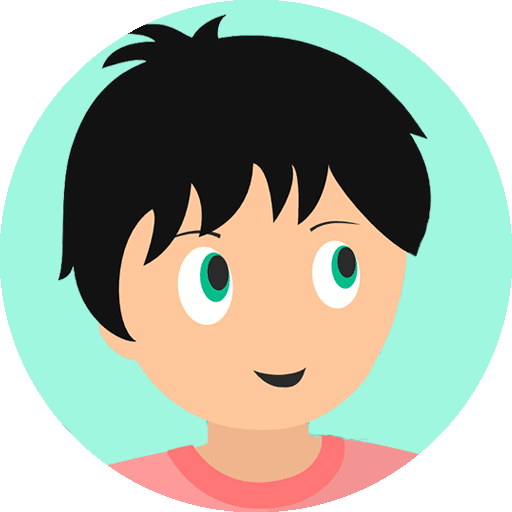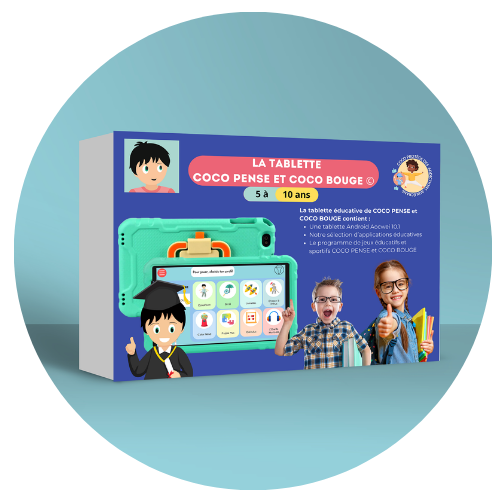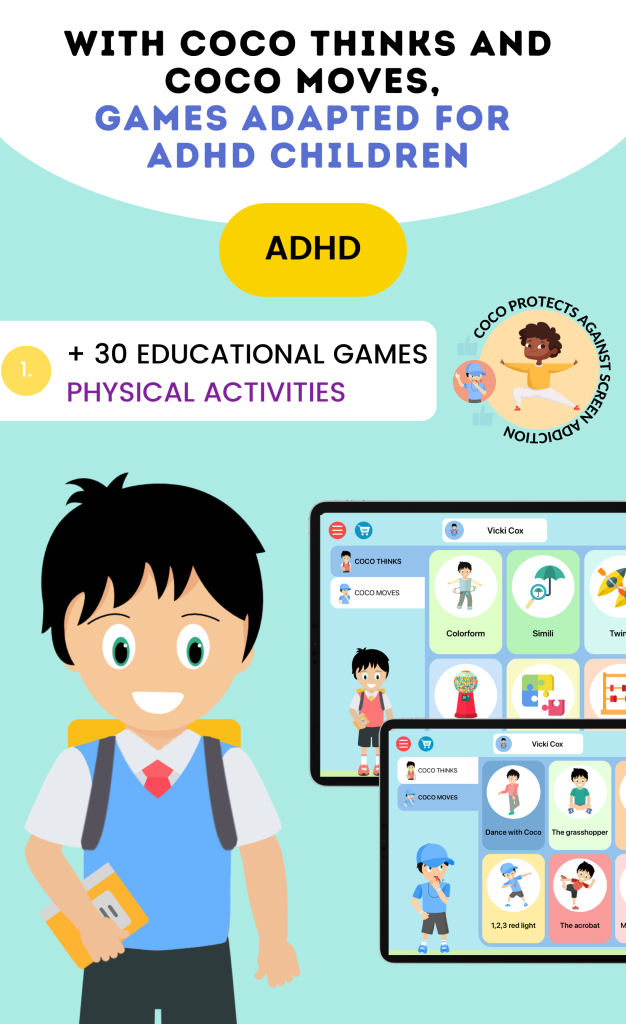Attention Deficit Hyperactivity Disorder (ADHD) is a neurodevelopmental disorder that affects both children and adults. Characterized by persistent patterns of inattention, hyperactivity, and impulsivity, ADHD can significantly impact daily functioning and quality of life. The disorder is often diagnosed in childhood, but its effects can extend well into adulthood, making it essential to understand its complexities.
Research indicates that ADHD is not merely a childhood condition; it can persist throughout a person’s life, manifesting in various ways depending on age and individual circumstances. The exact cause of ADHD remains unclear, but studies suggest a combination of genetic, environmental, and neurological factors contribute to its development. Brain imaging studies have shown differences in the structure and function of the brains of individuals with ADHD compared to those without the disorder.
These differences can affect attention regulation, impulse control, and executive functioning. Understanding ADHD requires a comprehensive approach that considers these biological underpinnings alongside behavioral manifestations, as well as the social and emotional challenges faced by those affected.
ADHD Symptoms in Children
Attention-Deficit/Hyperactivity Disorder (ADHD) is a neurodevelopmental condition that affects millions of children worldwide. Its symptoms typically fall into two major categories: inattention and hyperactivity/impulsivity, though the way these symptoms present can vary greatly from child to child.
Inattention
Children with ADHD often struggle to maintain focus, particularly in structured or repetitive tasks such as schoolwork. Common signs of inattention include:
-
Difficulty sustaining attention in tasks or play activities
-
Frequently making careless mistakes in homework or other activities
-
Seeming not to listen when spoken to directly
-
Struggling to follow through on instructions or complete tasks
-
Being easily distracted by external stimuli or unrelated thoughts
-
Forgetfulness in daily activities (e.g., missing assignments or misplacing school supplies)
-
Disorganization in managing tasks or time
This pattern of inattention can contribute to academic difficulties, lower grades, and increased frustration for both the child and caregivers.
Hyperactivity and Impulsivity
In many cases, hyperactivity and impulsivity are the more outwardly visible symptoms of ADHD. Children with these traits may:
-
Fidget or squirm constantly
-
Struggle to remain seated in classrooms or during meals
-
Run or climb in inappropriate situations
-
Talk excessively or interrupt others frequently
-
Have trouble waiting their turn
-
Act without thinking, often leading to unsafe behavior
Impulsivity, in particular, can interfere with social relationships, as these children may blurt out answers, interrupt conversations, or have difficulty understanding boundaries.
Emotional and Social Impact
The behavioral symptoms of ADHD often lead to a cycle of negative feedback. Children may experience:
-
Frequent correction or discipline from adults
-
Criticism or rejection from peers
-
Lowered self-esteem and emotional distress
Without proper understanding and support, these patterns can affect a child’s mental health, confidence, and long-term academic and social development.
ADHD Symptoms in Adults
While ADHD is often diagnosed during childhood, it is important to understand that symptoms frequently persist into adulthood. In many cases, these symptoms evolve in their presentation, making ADHD more difficult to recognize in adults compared to children.
Inattention and Executive Functioning Challenges
Adults with ADHD commonly experience:
-
Difficulty sustaining attention on tasks such as reading, work projects, or conversations
-
Poor time management and frequent procrastination
-
Trouble prioritizing responsibilities or completing tasks
-
Forgetfulness in daily activities, such as missing appointments or losing personal items
-
Chronic disorganization, both in professional and personal life
These challenges often lead to feelings of overwhelm, reduced productivity, and difficulty meeting deadlines, which can negatively affect job performance and personal satisfaction.
Subtle Hyperactivity and Restlessness
While physical hyperactivity may decrease with age, many adults with ADHD report experiencing internal restlessness or mental agitation. Symptoms may include:
-
Feeling unable to relax or unwind
-
Talking excessively or interrupting conversations
-
Constantly feeling “on the go,” even during downtime
-
Taking on too many tasks at once, often leaving them unfinished
This internal hyperactivity can contribute to burnout and emotional exhaustion, especially in high-pressure environments.
Impulsivity in Daily Life
Impulsivity in adults may manifest in more complex and socially impactful ways, such as:
-
Making hasty decisions without considering long-term consequences
-
Interrupting others or dominating conversations
-
Engaging in risky behaviors, such as impulsive spending or substance use
-
Difficulty waiting in lines or dealing with delays
Over time, these behaviors can lead to strained relationships, financial difficulties, and emotional distress, particularly if the underlying ADHD is unrecognized or untreated.
Emotional and Relational Impact
The cumulative effect of these symptoms can contribute to:
-
Chronic stress and anxiety
-
Low self-esteem due to repeated failures or unmet goals
-
Conflict in personal and professional relationships
Many adults with undiagnosed ADHD may internalize these struggles as personal failings, when in fact, they are symptomatic of a neurodevelopmental condition that can be managed with appropriate support and intervention.
Common Misconceptions About ADHD
Despite increased awareness about ADHD, several myths and misunderstandings still persist, which can affect how individuals with ADHD are perceived and supported. Addressing these misconceptions is essential for fostering empathy and promoting accurate information.
Myth 1: ADHD Is Due to Poor Parenting or Lack of Discipline
-
False: ADHD is a neurodevelopmental disorder with biological roots, not caused by parenting style or discipline.
-
This myth unfairly places blame on families, increasing stigma and misunderstanding.
-
Understanding that ADHD is rooted in brain function helps promote compassion rather than judgment.
Myth 2: ADHD Only Affects Children
-
While ADHD is commonly diagnosed in childhood, many people continue to experience symptoms into adulthood.
-
Adults with undiagnosed ADHD often feel misunderstood or unsupported because their challenges go unrecognized.
-
Recognizing ADHD as a lifelong condition is critical for ensuring individuals receive help at any age.
Myth 3: ADHD Is Overdiagnosed or an Excuse for Laziness
-
Some believe ADHD is a label used to excuse lack of motivation or effort, which is incorrect.
-
ADHD is a legitimate medical condition that affects attention, impulse control, and executive functioning.
-
Proper diagnosis and management involve professional evaluation and tailored interventions—not excuses.
By debunking these common myths, educators, families, and communities can better support individuals with ADHD, helping them thrive academically, socially, and emotionally.
How to Recognize ADHD Symptoms
Recognizing ADHD symptoms requires careful observation of behaviors over time and across different environments. Since ADHD manifests differently in children and adults, understanding these variations is key.
Recognizing ADHD in Children
-
Inattention: Difficulty sustaining focus on tasks such as homework or chores; frequently forgetting assignments or necessary items.
-
Impulsivity: Interrupting conversations, blurting out answers, or acting without thinking about consequences.
-
Hyperactivity: Excessive talking, fidgeting, or an inability to stay seated during quiet or structured activities.
-
Difficulty following multi-step instructions or completing tasks consistently.
Recognizing ADHD in Adults
-
Persistent patterns of disorganization, such as trouble managing time, keeping track of belongings, or meeting deadlines.
-
Struggles with impulsivity that may show as impulsive spending, interrupting others, or making quick decisions without full consideration.
-
Feelings of restlessness or difficulty relaxing, even if outward hyperactivity is less noticeable than in childhood.
-
Reflecting on lifelong patterns of these behaviors can help adults identify potential symptoms.
The Importance of Professional Evaluation
-
While self-assessment tools and questionnaires can provide insight, an accurate diagnosis requires consultation with a healthcare professional.
-
Diagnosis often involves gathering information from multiple sources (e.g., family, teachers, or colleagues) and ruling out other conditions.
Understanding these symptoms is the first step toward seeking appropriate support, management strategies, and improving quality of life.
Seeking Professional Help for ADHD
If you or someone you know shows signs of ADHD, it is important to seek professional help for an accurate diagnosis and effective treatment plan.
The Evaluation Process
A comprehensive assessment usually includes:
-
Interviews with the individual as well as input from family members, teachers, or others familiar with their behavior.
-
Use of standardized rating scales to measure the frequency and severity of symptoms in different settings.
Treatment Options
After diagnosis, several treatment approaches may be considered:
-
Behavioral Therapy: Helps develop coping skills, improve organization, and manage symptoms through structured strategies.
-
Medication: Stimulant medications are commonly prescribed to improve focus and reduce impulsivity, though non-stimulant options may also be available.
-
Often, a combination of therapy and medication yields the best results.
Ongoing Care
It is vital to maintain close collaboration with healthcare providers to:
-
Monitor progress and adjust treatment as needed.
-
Ensure the plan fits the individual’s evolving needs for optimal outcomes.
Seeking professional guidance empowers individuals with ADHD to better manage their symptoms and improve their overall quality of life.
Managing ADHD in Children and Adults
Effectively managing Attention-Deficit/Hyperactivity Disorder (ADHD) requires a comprehensive, personalized approach that considers both the individual’s age and specific challenges. While children and adults with ADHD may share core symptoms such as inattention, impulsivity, and hyperactivity, the strategies used to support them must be tailored to their developmental stage and lifestyle.
Management Strategies for Children
-
Structured Routines:
Consistent daily schedules help children with ADHD feel more secure and reduce the likelihood of disruptive behavior. Predictable routines make transitions easier and support executive functioning. -
Visual Supports:
Tools such as visual calendars, task checklists, and timers assist children in understanding expectations, organizing their activities, and completing assignments more independently. -
Positive Reinforcement:
Encouraging good behavior with praise or rewards reinforces focus and self-regulation. Recognizing small successes can significantly boost a child’s motivation and confidence.
Management Strategies for Adults
-
Goal Setting and Task Breakdown:
Adults with ADHD often benefit from setting clear, realistic goals. Breaking down large tasks into smaller, manageable steps with specific deadlines can help reduce procrastination and increase productivity. -
Organizational Tools:
Using planners, smartphone apps, alarms, or calendars helps keep track of appointments, work responsibilities, and personal commitments. Digital tools can be especially helpful for scheduling and time management. -
Mindfulness and Self-Regulation Techniques:
Practices such as meditation, breathing exercises, and journaling improve emotional awareness and impulse control. Mindfulness can help adults stay present and make intentional choices.
Additional Support
-
Support Groups and Professional Guidance:
Connecting with support groups or ADHD coaches provides encouragement, accountability, and shared coping strategies. Working with therapists or medical professionals ensures that treatment plans are well-rounded and effective.
By implementing a variety of strategies and adapting them over time, individuals with ADHD can manage their symptoms and lead balanced, fulfilling lives.




